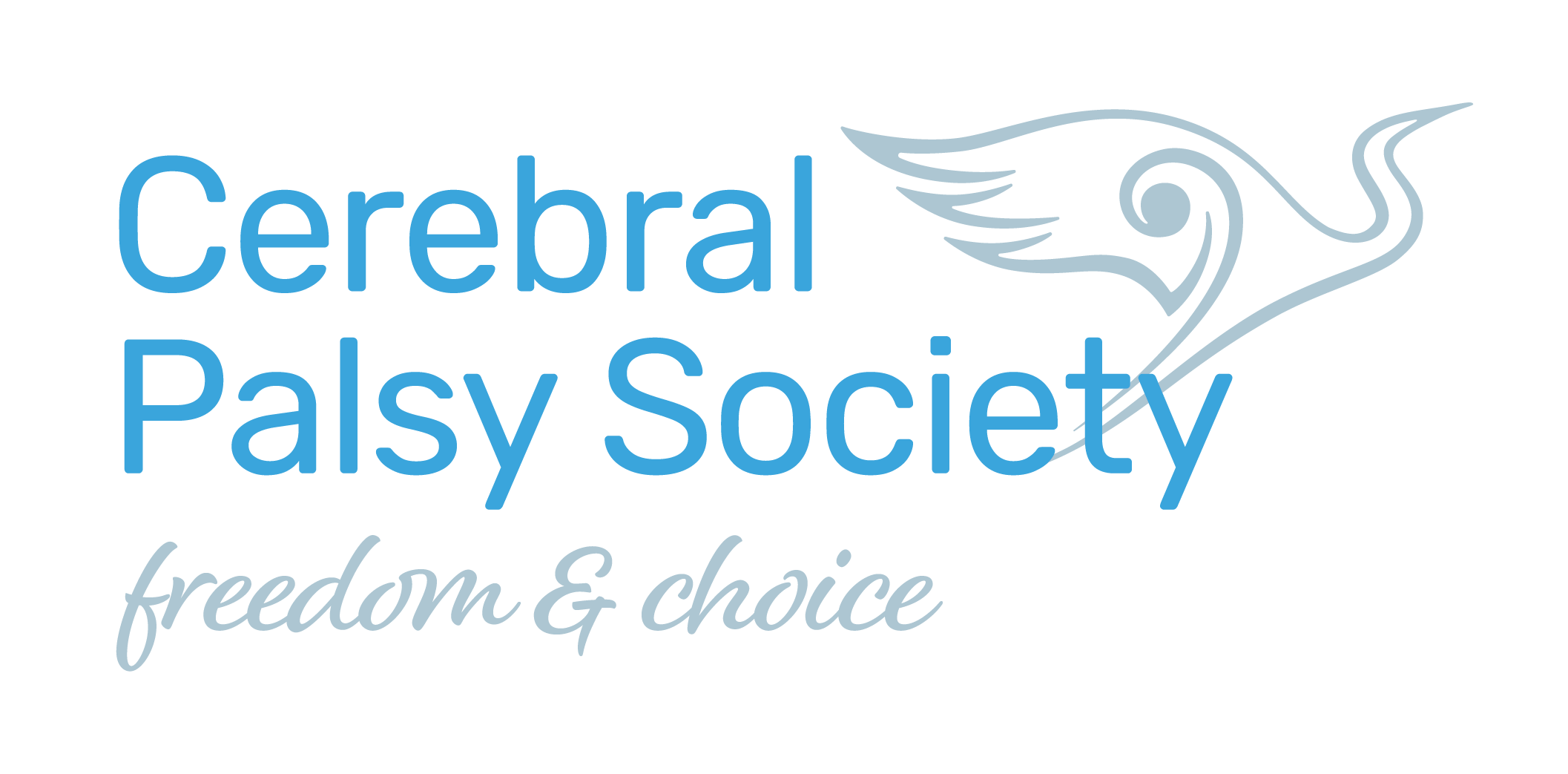About Cerebral Palsy
What is Cerebral Palsy?
Cerebral Palsy is a physical disability that affects movement and posture. It is an umbrella term that refers to a group of disorders affecting a person’s ability to move. It is a permanent life-long condition but generally does not worsen over time.
It is due to damage to the developing brain either during pregnancy or shortly after birth.
Cerebral Palsy affects people in different ways and can affect body movement, muscle control, muscle coordination, muscle tone, reflex, posture, and balance. Although Cerebral Palsy is a permanent life-long condition, some of the signs of Cerebral Palsy can improve or worsen over time.
People who have Cerebral Palsy may also sometimes have visual, learning, hearing, speech, and intellectual impairments, and epilepsy.
Cerebral Palsy (CP) is the most common cause of physical disability for children in New Zealand. There is no known cure and the rates of Cerebral Palsy have remained unchanged despite recent advances in medicine.
Most Cerebral Palsy occurs as a result of factors prior to birth, however little is known about these factors and for 80% of people with Cerebral Palsy, the cause is unknown.
Cerebral Palsy:
- Is a one-time event brain damage
- Does not continue
- Is complex, with varying effects
- Is difficult to classify
- Is NOT infectious
- Is NOT a disease it is a disorder.
Information Sheet
Please click here for an information sheet about Cerebral Palsy that you can download and share with friends and family.
New Zealand Statistics
- Every 3 days a baby is born in New Zealand with Cerebral Palsy
- There are more than 10,000 people living with Cerebral Palsy in New Zealand but no current data to support the actual number
- The Cerebral Palsy Register will in time become a comprehensive source of New Zealand data. You can find the Cerebral Palsy Register here.
Risk Factors and Preventions
The most common recognised risk factors are:
- A damaged placenta which may interfere with fetal growth
- Infections including dental infections, seizure disorder or other medical problems in the mother (e.g. Maternal thyroid disorder)
- Virus (e.g. Rubella aka German measles)
- Poor nutrition
- Maternal diabetes, hyperthyroidism or high blood pressure
- Malformations of the developing brain
- Toxicity (drug or alcohol use during pregnancy)
- Premature delivery, multiple births
- Lack of oxygen (hypoxia)
- Infection such as meningitis, encephalitis, herpes simplex
- Head injury
- Bleeding in the brain
- Seizure.
Comprehensive prenatal care can help to reduce the risk of some prenatal causes of cerebral palsy. Furthermore, over the last 60 years, dramatic improvements in obstetrical care at delivery, have helped to reduce the incidence of Cerebral Palsy. In most cases, the injury causing the disorder may not be preventable. Issues in the birthing process or subsequent events account for less than 10% of cases of Cerebral Palsy, the rest occur in utero.
More on Cerebral Palsy
Children can have problems such as weakness, stiffness, awkwardness, slowness, shakiness and difficulty with balance. In mild Cerebral Palsy, the child may be slightly affected in one arm or leg, and the problem may be barely noticeable.
In severe Cerebral Palsy, the child may have a lot of difficulties, with the whole body affected. It must be emphasised that damage to the brain is a one-time event and does not continue. Damaged brain cells cannot be repaired but undamaged brain cells will continue to develop and mature.
The complexity of Cerebral Palsy and its effects vary from one person to another. It is often difficult to classify precisely which type of Cerebral Palsy a child has.
The physical effects of Cerebral Palsy range from very mild to severe. What is often overlooked are the effects that it can have on the family. Grief, anxiety, resentment and anger are often experienced when a child is diagnosed as having Cerebral Palsy. Each family is unique in its interrelationships, its coping mechanisms and its ability to encourage the Cerebral Palsy child to achieve full potential.
An understanding of the different types of Cerebral Palsy makes it easier to appreciate the child’s development and how the child learns to move. Cerebral Palsy is a complex condition. It is hard to understand all the aspects of it. As new research is published our perception of Cerebral Palsy changes all the time.
It is not easy to answer epidemiological questions with any great degree of precision. As with chronic disorders not invariably fatal, the difficulties in obtaining accurate information on the frequency of Cerebral Palsy in the population are substantial. Although surveys have been performed over the decades in Australasia, North America and Europe the differences in methods make comparisons across studies and over time hazardous.
Problems of research with children include:
- The methodological requirements which include Cerebral Palsy diagnosis and the assessment of motor problems
- The variations in data such as numbers, duration and frequency of therapy, the setting, the exact nature of intervention
- The independent variables such as age, I.Q., type of Cerebral Palsy, degree of impairment, parental participation, emotional disturbances, motivation, types of therapy.


